Best English Heritage Sites in England
With lockdown restrictions being eased and the government announcing a roadmap of gradual reopening of venues, everyone is looking forward to a fun-filled summer, exploring the great outdoors, enjoying picnics and great days out.
Contains affiliate links
English Heritage is a charity that manages more than 400 historic monuments, buildings and sites across the UK. Their sites include gardens, castles & forts, abbeys & churches, historic houses, medieval palaces, prehistoric settlements/sites and much more. English Heritage do a fantastic job of managing and conserving these properties. We love visiting their properties and commend the excellent work they do.
You can read more about English Heritage, their sites and information about becoming a member here. As a member you can enjoy unlimited access to hundreds of historic places, for yourself and up to 6 children* as well play your part in helping care for historical sites.
In this post, I've rounded up some of the best English Heritage properties to visit in England. Read on for some inspiration.
Kenilworth Castle
With hundreds of years of history and having survived the longest siege in English history in 1266, Kenilworth Castle is one of English Heritage's most popular sites. Located in the town of Kenilworth in Warwickshire, the castle was first built in 1120 for Geoffrey de Clinton, chamberlain to King Henry I. It saw significant enhancements in 1210s when King John embarked on a massive rebuilding programme turning the castle into one of the largest English castles of the times. Over the centuries the castle changed hands many times until it was given to John Dudley in 1553.
The castle remained in ruins during the 18th and 19th centuries and was eventaully sold to Sir John Siddeley (1st Baron Kenilworth) in late 1930s, who then gave it to the town of Kenilworth. The castle has been managed by English Heritage since 1984 and they have managed to restore the castle's Elizabethan gardens to resemble its original form.
Kenilworth Castle is a fascinating family attraction and there is lots to see and do.
You can head up the tower (the top of the Leicester Building which is around 18 metres up) and take in spectacular views of the surroundings. Then you can walk in the footsteps of Queen Elizabeth's and explore the gardens which includes a marble fountain and an ornate aviary.
Next, head to the Leicester's Gatehouse which house an interesting exhibition about the royal romance between the Queen and Robert Dudley. You can also take a look at the Elizabethan bedroom and Oak Room which contains an ornate alabaster fireplace that once graced Elizabeth I's private rooms. There are some interactive exhibits for children and a number of costumes for them to dress up in.
There is a tea room onsite offering a seasonal menu. There are picnic benches outside the tearoom and also large grassed areas which are ideal for picnics. So, you can bring your own picnic and make a great family day out at the site.
Book your visit to Kenilworth Castle here.
Reculver Tower
Reculver Tower is one of the top English Heritage sites in England. Reculver is a small coastal village in southeast Kent. It can be reached from Herne Bay by a nice coastal walk of about an hour along the coast with beautiful views, by bike, by bus that leaves outside the train station or by car.
Here are the medieval towers of Reculver and the Roman Fort. These ruins are what’s left of the ancient village whose history dates back to the Romain time. In fact, Reculver is the site of one of the first Roman fortresses, built to protect against Saxon incursions. The Romans conquered Britain in 43 AD and they prepared for the invasion of the Saxons. The best place they found to protect them was at Reculver, which overlooked the Wantsum Canal. After that in the 5th century, the Romans stopped defending Great Britain and the fort of Reculver was abandoned. So an Anglo-Saxon monastery was built on the site, reusing what was left of the fort’s defenses. The church of Santa Maria, was used as a monastery until the 10th century and then became the parish church Reculver. The church was remodeled in the 12th century and that’s when the twin towers were built and were used as a coastal navigation point.
There are lots of things to see and do in Reculver. Besides the towers, there is a beach, a small cafè, a picnic area and a path that leads to Margate. The entrance of Reculver Tower is free.
Submitted by Miriam from Miry Giramondo
Dover Castle
Dover Castle has played a significant role in English history dating back to when it was established as a hill fort around 800 BC. When you visit, it's best to plan on spending a full day since there are so many things to see at Dover Castle.
Submitted by Anisa from Two Traveling Texans
First check out the Roman Pharos Lighthouse which is the oldest structure on the site dating back to 43 AD. It's the most complete standing Roman building in England. For a while, the lighthouse was used as a bell tower for the Anglo-Saxon church, St. Mary in Castro, next door. It was restored in the 19th century and you will want to go inside to admire the tile work.
Next, head to the Castle Keep, also called the Great Tower, which was started in the 12th century by Henry II. Inside is laid out as it might have been during that time. It's worth going all the way to the roof to take in the views.
Then you need to explore the Dover Castle tunnels. There are actually three different sets - The Secret Wartime Tunnels, The Underground Hospital, and the Medieval Tunnels. Operation Dynamo which helped rescue over 300,000 Allied soldiers from Dunkirk beach during World War II was planned and led from the Secret Wartime Tunnels.
While you can visit Dover Castle any time throughout the year, it's best to go when the weather is nice, as you will be walking outside a fair bit. Note that during the winter months Dover Castle is only open on the weekends.
Check the current prices for Dover Castle and book your tickets here.
Whitby Abbey
Whitby Abbey is an iconic landmark that dominates the skyline of the seaside town Whitby. Overlooking the vast North Sea, visiting Whitby Abbey is one of the top things to do in Whitby.
Whitby Abbey’s history dates back to 7th century, when it was established as a monastery that later became a benedictine Abbey. It got destroyed in 1540 by Henry VIII during the Dissolution of the Monasteries, one of the revolutionary events in English history. It was then bought by Sir Richard Cholmely, and it remained with them and their descendants 1920, when it got passed to the UK government. The ruins that we see today are now owned and managed by English Heritage.
Whitby Abbey was also an inspiration for Bram Stoker’s gothic novel Dracula that was published in 1897. Stocker visited Whitby on a holiday walking the streets of Whitby, visiting library, Whitby Abbey and St.Mary’s church, and hearing the tales from the seafarers - all of which became part of his novel. In fact, a bit of Whitby can be found throughout the novel. Count Dracula in a dog-like form runs up 199 steps to the graveyard of St.Mary’s church, that sits in the shadows of Whitby Abbey.
Today, you can climb those 199 steps and explore the graveyard and sweeping views of the coast. The atmospheric ruins of Whitby Abbey is truly breathtaking and is one of the most romantic ruins in the country.
Submitted by Anuradha from Country Hopping Couple
Rievaulx Abbey
Rievaulx Abbey (pronounced ree-vo) is an incredible ruin in Yorkshire reached by driving through an ancient wooded dale. Coming out of the dale you feel like you’ve stumbled upon ancient Briton.
Behind a few small thatched cottages the immense ruin of Rievaulx rises up.
Rievaulx was a Cistercian abbey and one of the greatest Abbeys in England until Henry VIII seized it during the Reformation. English Heritage manages the current ruin and there is a visitors Centre on site with artifacts recovered from various archaeological digs along with a café and gift shop.
Rievaulx Abbey was built in 1132 and was the first Cistercian Abbey to be built in Northern England. It became the centre of monasticism in the country and held a community of over 650 by the 1160’s.
Recommended by Faith from XYUandBEYOND
The Abbey sits beside the River Wye which the monks diverted to create flat land to build the abbey on. Over a period of years when their lead and iron mining became profitable they diverted the river again to move their product to the cities.
Rievaulx Abbey became one of the wealthiest in England and from here the monks established daughter houses across Scotland and England. Sadly with the Reformation the Abbey was destroyed and many of the stones used to build it were taken and incorporated into local buildings and homes.
Discover the impressive ruins of Rievaulx Abbey by booking your tickets here.
Stonehenge
Built around 2500BCE, Stonehenge is the most architecturally sophisticated surviving prehistoric stone circle in the world. While several episodes of construction and missing or fallen stones make the original plan difficult to understand, there is no doubt that it remains one of the best English Heritage sites in England.
It is clear that the site was very important to the societies that built it. Some of the stones were carried from over 250 kilometres away. Precise interlocking joints, requiring specialist skill, is a feature of Stonehenge not found on any other prehistoric monument.
Many theories as to its original purpose have been suggested; however it’s most commonly agreed that it was a prehistoric place of worship. The main axis is aligned to the sun, indicating the significance of the structure. This allure still holds today with large gatherings taking place every year to witness the summer and winter solstice at this remarkable location.
Stonehenge is located in South West England; perfectly situated to visit on a day trip from Bath. Another great way to visit is on the walk from Woodhenge. Taking around 2 hours, the trail passes other historic monuments in the area, including The Avenue; a ceremonial route that potentially predates Stonehenge.
Tickets to Stonehenge need to be booked in advance online. For a more immersive visit, book the Stone Circle Experience where a guide takes small groups on an informative tour, outside regular visiting hours. It’s an opportunity to get up close to the stones while learning more about their fascinating back-story.
Submtitted by Paul Healy from Anywhere We Roam
Birdoswald Fort
Birdoswald Fort is located in the far north of England close to the Scottish border in Cumbria and is close to the town of Carlisle. It is one of 16 forts along Hadrian’s Wall, a UNESCO World Heritage site.
Birdoswald was first established in AD113 on a rocky outcrop with spectacular views across the surrounding countryside. The original fort would have been made of turf but was updated in about AD130 when the wall was rebuilt. When the Roman’s left in AD500 the fort was abandoned.
In 1121 records show that it was being used as a fortified farmhouse and later in 1745 it was developed into the modern farmhouse that stands on the site today.
As well as the farmhouse that contains the information centre it is possible to walk around the remains of the Roman Fort. These are small walls but the information boards bring the landscape to life and it is easy to imagine the bustle of the fort.
It is possible to walk the longest stretch of Hadrian’s Wall from the fort as it follows the ridge of the landscape. A circular walk will take you from the fort, along the wall before looping back across the river at Willowford Bridge where the wall crossed the river.
During the summer months there are family activities and “soldier school” for younger children.
Birdoswald Fort is in quite an exposed position and during the winter months the road to the area can be icy and sometimes snow covered. In the summer months it is a great place to walk and explore. You can walk along the wall at any time of the day and it is lovely as the sunsets over the fort.
Submitted by Suzanne from Meandering Wild
Clifford’s Tower
One of the most impressive English Heritage sites in England is Clifford’s Tower, which is the only remaining structure of the once-grand York Castle constructed by William the Conqueror in 1068-69. It has a harrowing history because there was a massacre of the York Jewish community in 1190. It was burned to the ground twice before being reconstructed by Henry III in the 13th century. It then went on to be a prison in the 1820s and a royal mint.
Today, there are many things you can see and do at the tower, including enjoying 360 views of the city of York. It is said that on a clear day, you can see as far as the North Yorkshire Moors, as well as impressive views of York Minster and Old York. The attraction is outdoors, which means that the best time to visit is arguably a day with pleasant weather, no rain and clear skies – if you want to take in the panorama.
You can go on a tour of the tower on the wall walk, and you can learn about the history of the famous people who were once imprisoned or executed. The name Clifford’s Tower comes from Roger de Clifford, who was executed for treason from the tower walls. A visit to the tower is informative, exciting and gives an impressive insight into England’s past. To enter the tower is free for English Heritage Members, and if you are not a member, an adult ticket is an affordable £4.20.
Recommended by Rachel from Average Lives
Avebury
Avebury should be high up on the list of sites to visit when you’re looking at English Heritage attractions. This amazing prehistoric monument is spectacular and while it often comes in below Stonehenge in stone circle ratings there’s much to suggest it should be on the top billing.
To start with the henge and stone circles that remain here are so much more accessible than its more famous counterpart. It’s possible to get up close to the beautiful stones, to touch them and imagine what they might have been used for and the centuries that have passed. Built in the Neolithic period (between 2850BC and 2200BC) the Wiltshire countryside here is decorated with a huge circular bank and a beautiful stone circle (originally consisting of around 100 stones). Within the stone circle are two more stone circles. You can walk through the whole spectacle and there are beautiful countryside views throughout. Now a World Heritage Site it does attract crowds but if you avoid the weekend it is much easier to soak up the atmosphere here. While little is known about the reason behind this site it is believed to have been ceremonial and clearly of great importance. As religions came and went through the years people in the Middle Ages came to see Avebury as having demonic links attached to its Pagan past and some of the stones were removed and an attempt made to destroy others. Thankfully enough remains to see how large and spectacular this site would have been.
It will take around an hour to walk the circle which is atmospheric in every season but the solstices are particularly wonderful times to be here. The village of Avebury has a few shops and there are a couple of places to stay here too making it perfect for weekend breaks for families in the UK.
Submitted by Nichola from Family Hotel Expert
*Membership details correct at the time of publishing this post. Please visit the English Heritage website for latest information.

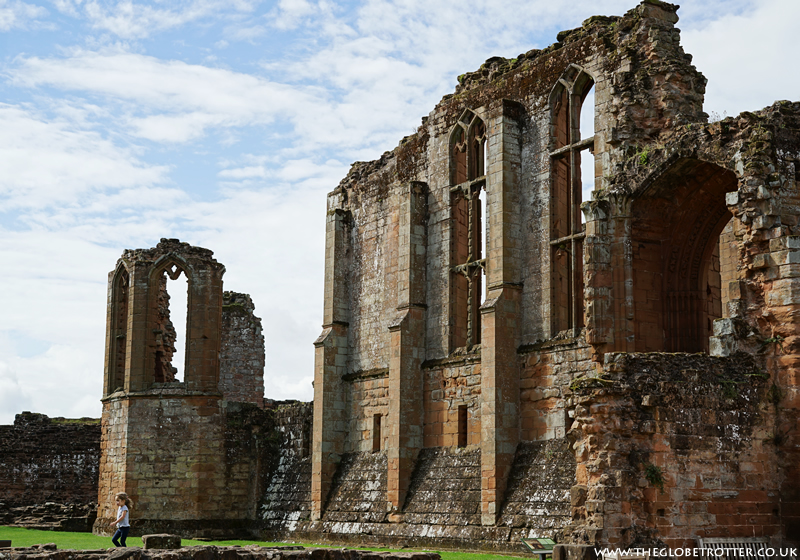
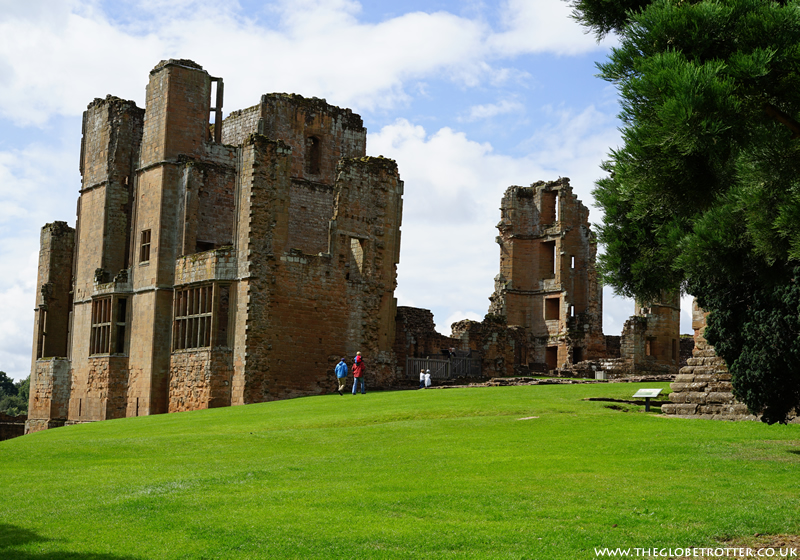
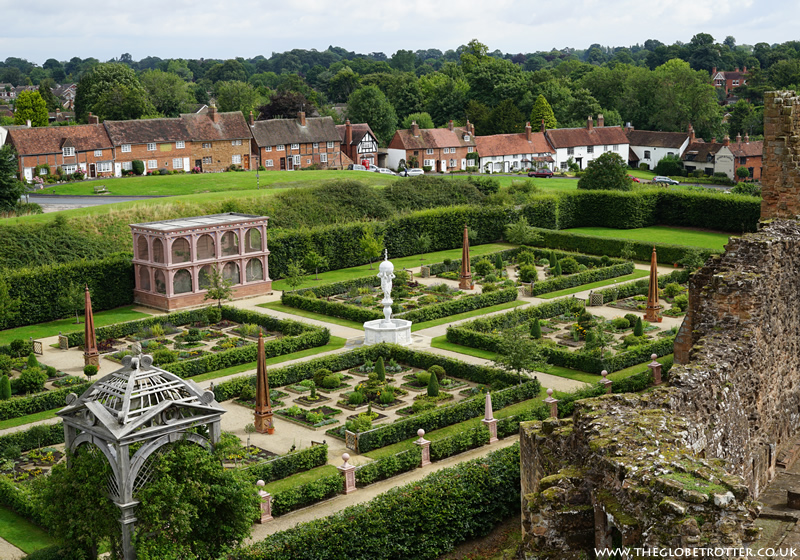

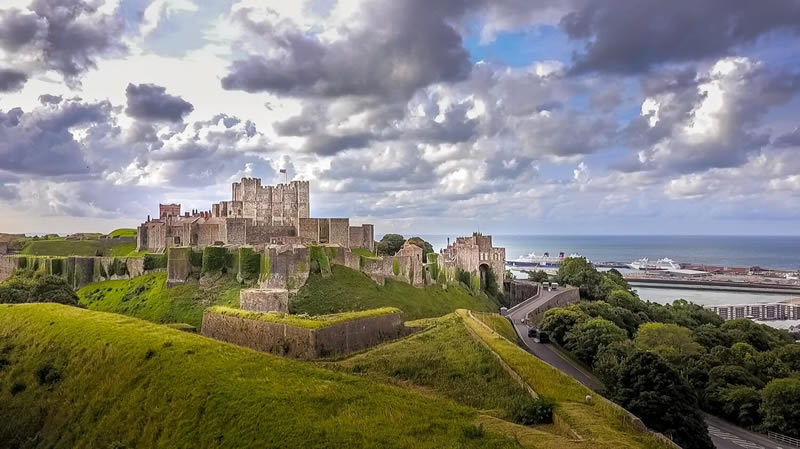


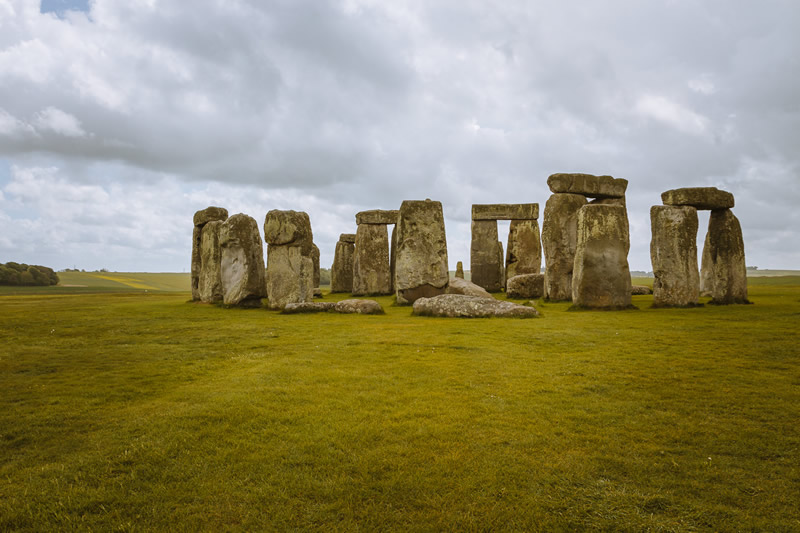
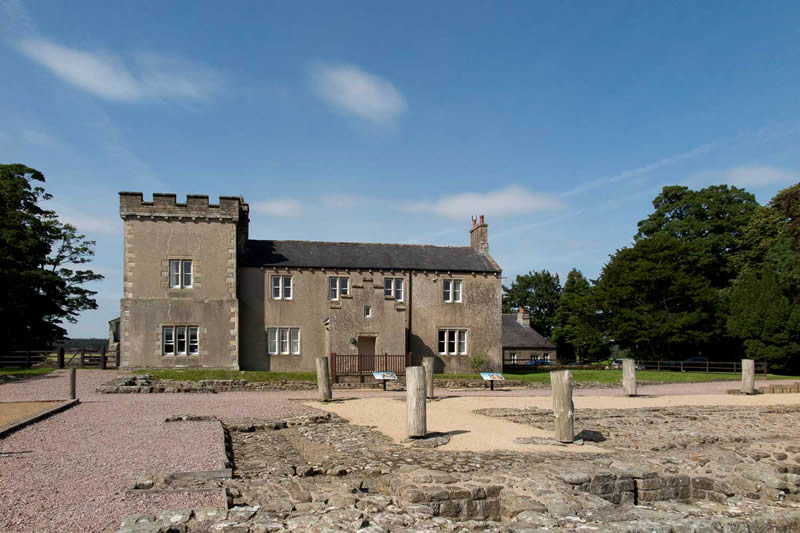
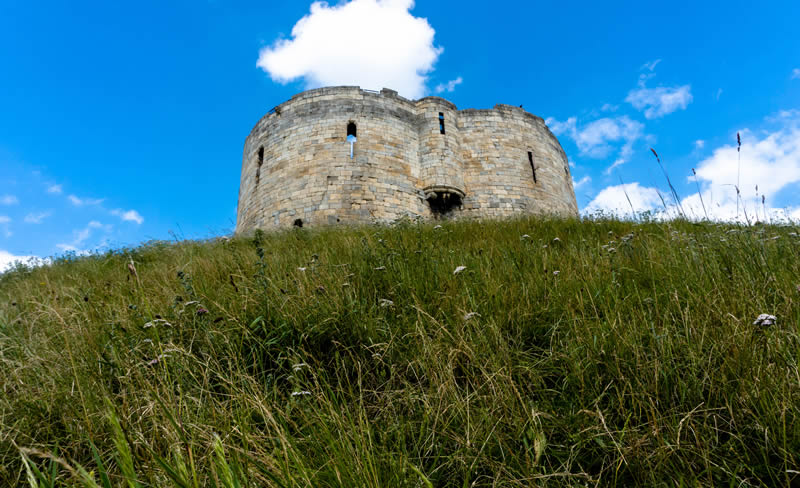

My favourite English heritage site is Stonehenge - just so iconic and powerful
ReplyDeleteMy favourite English Heritage site is Dover Castle.
ReplyDeleteI love Tintagel Castle with all its mysteries and stunning scenery!
ReplyDeleteLove Avebury. We visited last summer between lockdowns and thoroughly enjoyed walking around it.
ReplyDeleteStonehenge, I would love to see that
ReplyDeleteMy favourite EH site is Tintagel Castle its simly beautiful.
ReplyDeleteOur favourite is Stonehenge which we managed to visit a few years ago and got the most amazing photographs
ReplyDeleteI have never toured there but Stonehenge would be a nice destination.
ReplyDeleteWhitby abbey for me
ReplyDeleteWhitby Abbey is so nice
ReplyDeletelove Stonehenge, feels magical there
ReplyDelete